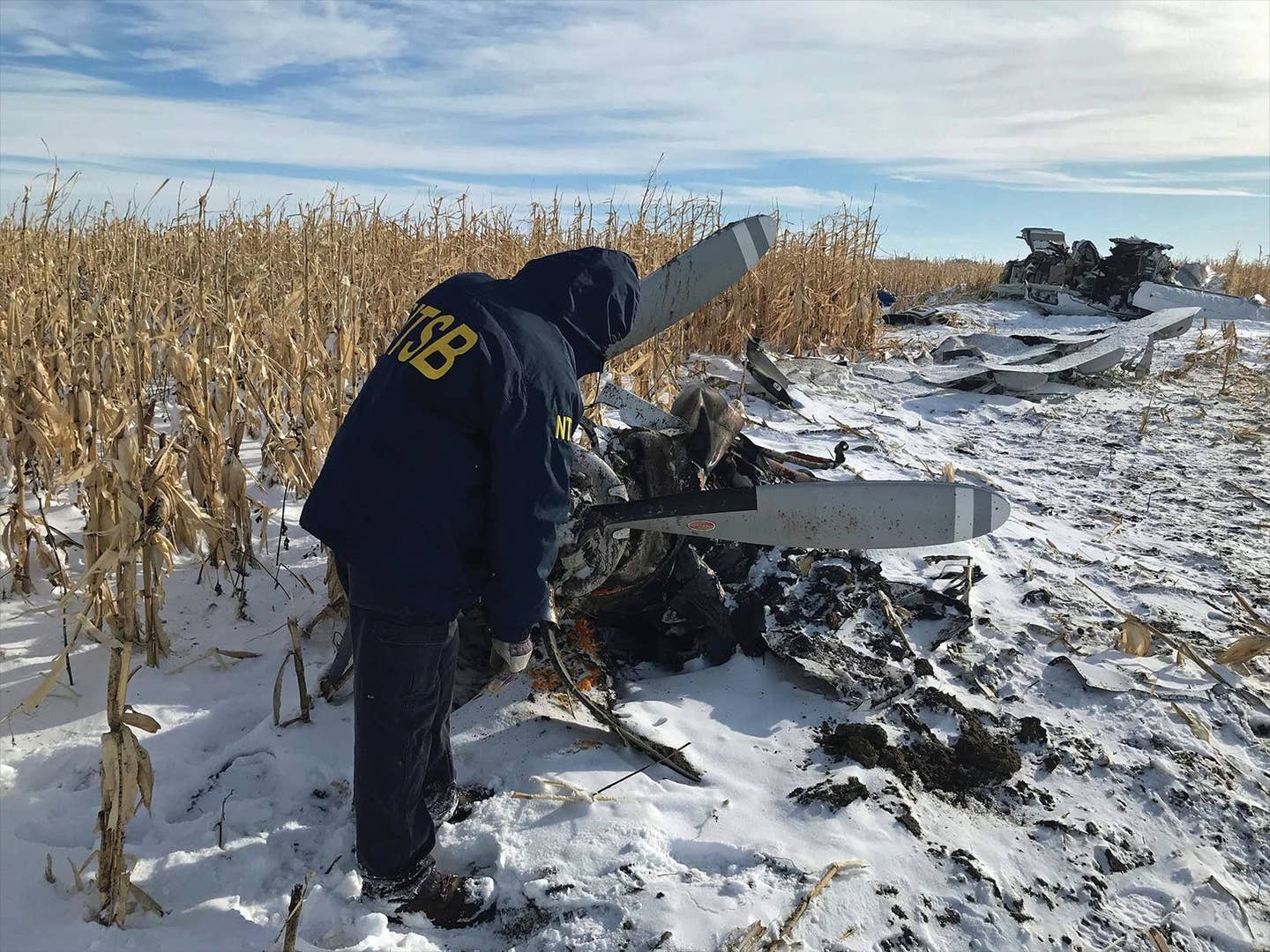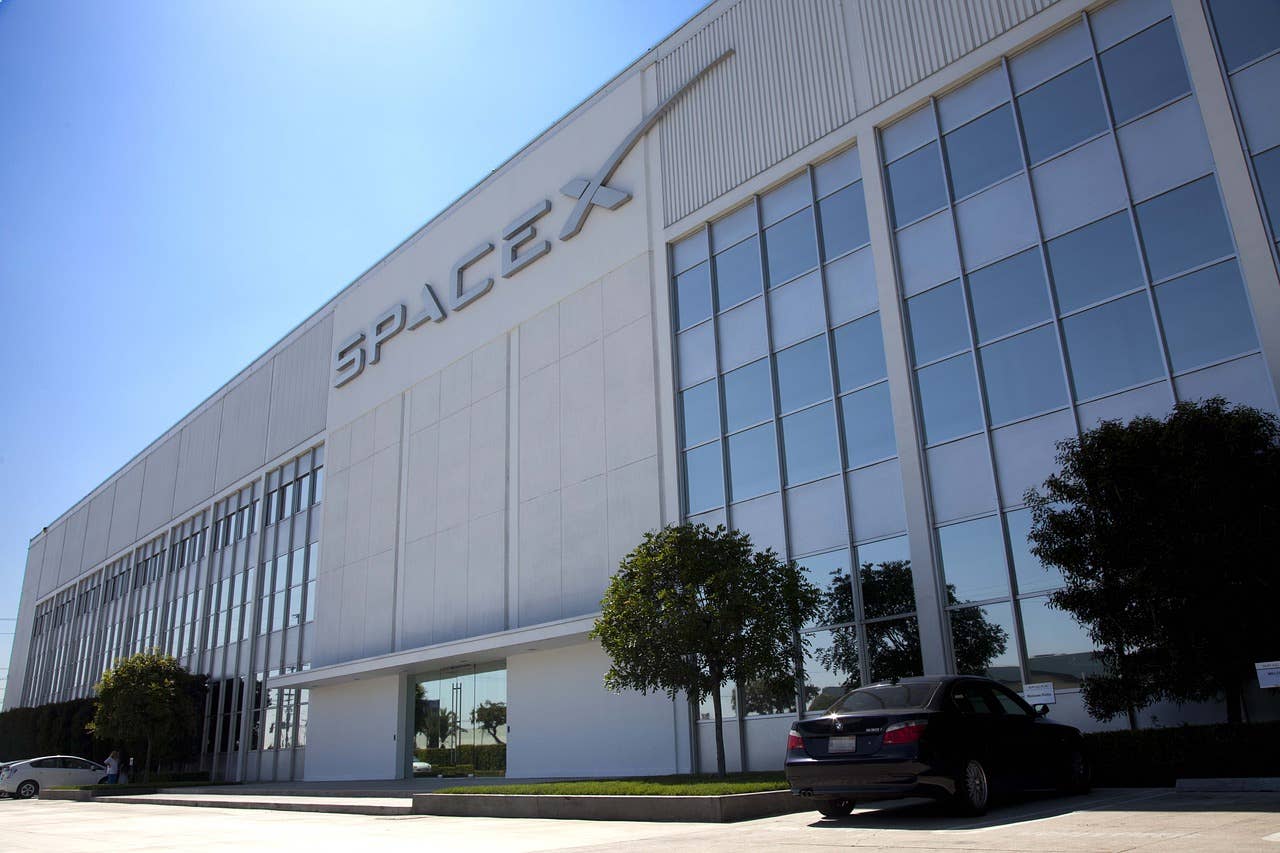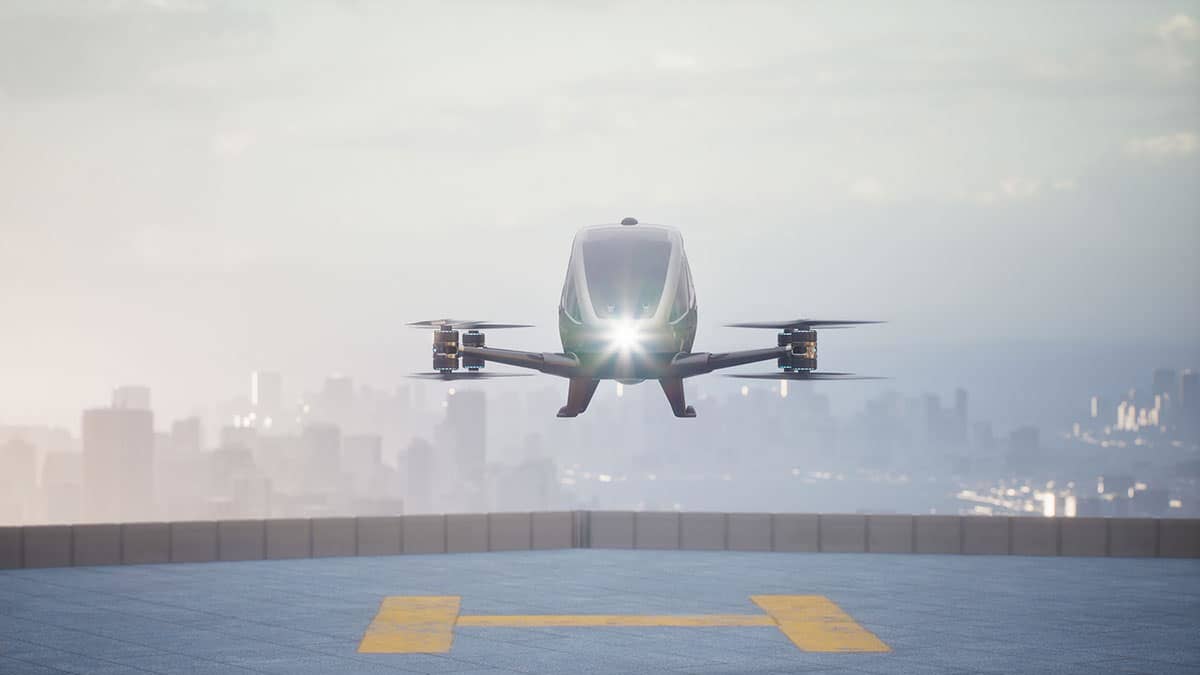New Museum of Flight Exhibit Explores Living in Space
The interactive exhibit displays over 50 artifacts, models, space-flown objects, and uniforms.

The “Home Beyond Earth” exhibit will soon open at the Museum of Flight in Seattle. [Courtesy: Meg Godlewski]
If you have ever imagined living in space, you're not alone.
“Home Beyond Earth” is a new interactive exhibit at the Museum of Flight in Seattle that gives visitors a look at the past and possible future of living in space. Looking at the artifacts, it appears humans thought about venturing to the stars well before the means to create the necessary technology existed.
The exhibit is in an enclosed area, reminiscent of a spaceship. There is an impressive collection of spaceship and station models such as Skylab, Mir, and the International Space Station. I have read about all these space stations but didn't realize their complexity until viewing them up close.
The first one that got my attention was "After Skylab"—exploring the shuttle program. Skylab and the shuttle program dominated my childhood as most of my friends had a parent who worked on one of those projects. I built many models of both, and later of space stations, and I was not the only one.
Astronaut Dottie Metcalf-Lindenburger, a mission specialist on STS-131 space shuttle Discovery who was a guest of honor at a media preview of the exhibit, said she built a model of the ISS as a child. She was thrilled to visit there in 2010 as part of STS-131's 15-day mission to the ISS.
What to Expect
According to the MOF, “Home Beyond Earth” displays over 50 artifacts, models, space-flown objects, and uniforms. In addition to flight suits, the astronauts have athletic shorts covered with velcro patches designed to help them from losing items in microgravity.
There is quite a bit of detail involved in the process of building or repairing something in space—you can't run out to the hardware store for a part if you need to patch a leak. That means 3D printing is key, and supply runs from the Earth are planned months in advance and at the mercy of the weather and mechanical failure.
The exhibit communicates the vastness of space using large digital projections of conceptual space art—some of it eerie, it is so accurate—and galleries with photos, videos, and artifacts. The "selfie spot with a view of the space station" will get a lot of use. It makes you feel like you truly are in space.
My fellow Star Trek geeks: There is one wall that looks out at the Earth from orbit. There's a small bench to sit on, and you feel as if you are in the Ten Forward lounge aboard the USS Enterprise D, or in the mess hall of the USS Voyager, watching the planet slowly drift beneath you as the starship maintains orbit.
And speaking of Voyager, one of the photographs in the exhibit shows Italian astronaut Samantha Cristoforetti dressed in a Star Trek uniform, like the one worn by coffee-loving Captain Kathryn Janeway, as she consumed an espresso in space in May 2015. The image, captured via X, was a selfie, and Cristoforetti utilized a specially designed zero-gravity cup to accomplish the mission.
Could You Live in Space?
The exhibit features digital "passport" cards that allow visitors to personalize their experience as they prepare for a life in space. You create an avatar and then build your life among the stars.
MOF exhibit developer Cody Othoudt was my tour guide, taking me through the interactive stations with the first allowing me to choose the type of space station I wanted to live on. The choices run from theoretical rotating rings dreamed up by early space scientists to real-world space dwellings that have been painstakingly built and orbit the Earth, to the fantasy realm—Deep Space Nine and Star Wars’ Death Star are popular choices.
As you move through the stations, you get to pick activities you would like to perform in space. The passport cards are scanned at each station, creating a user profile.
"And basically at the end you learn where you will live and what your job is in space," Othoudt said as we approached the last interactive station.
As a citizen of space, I will be an explorer. My home station will be the von Braun wheel, and my occupation will be expedition leader.
The MOF hopes to get 1 million space citizens before the exhibit closes in January.
At the end of the exhibit is an artist's conceptual drawing of what I am guessing is New Seattle, or Seattle in space. It included two iconic landmarks—the Space Needle and Randy's, the coffee shop that used to be located next to the MOF and where young CFIs would visit with their freshly certificated private pilot candidates. Although Randy’s was torn down years ago to make way for an industrial building, it is still spoken of in hushed, reverent tones.
During the run of the exhibit, the MOF will offer programs that focus on the challenges of living in space. Guest speakers will include astronauts, authors, and engineers who will likely contribute to the journey to the final frontier.
The exhibit, which opens June 8 and runs through January 20,. is free with museum membership and included with general admission.

Subscribe to Our Newsletter
Get the latest FLYING stories delivered directly to your inbox






